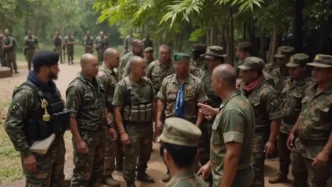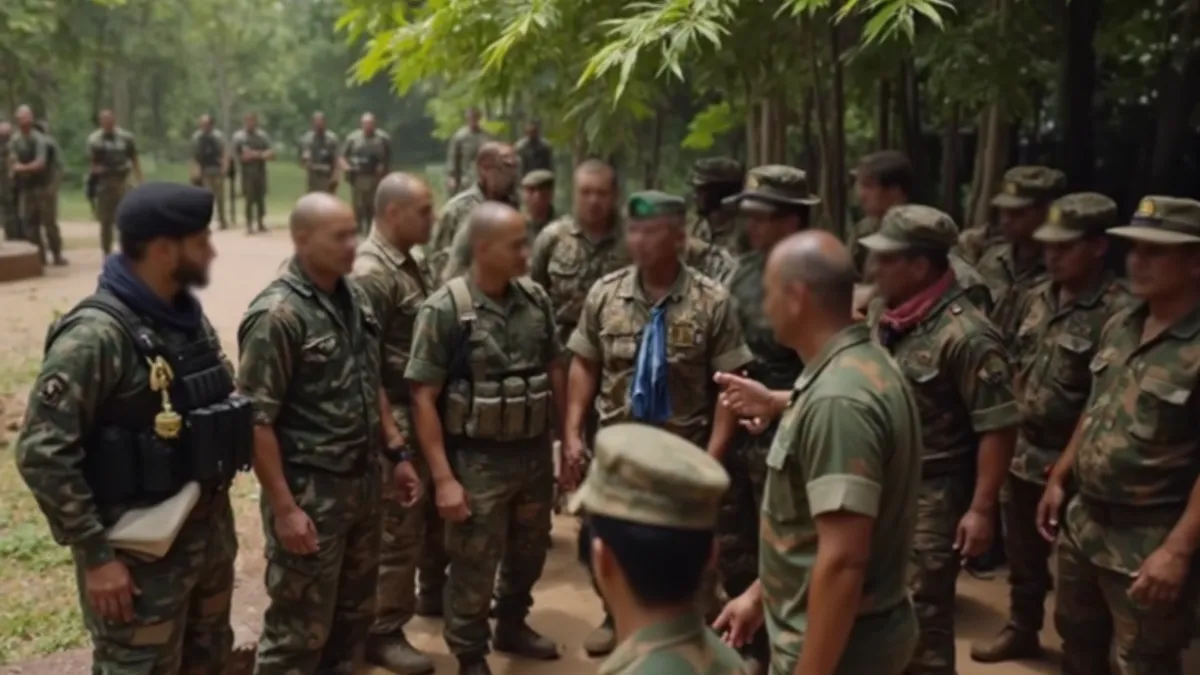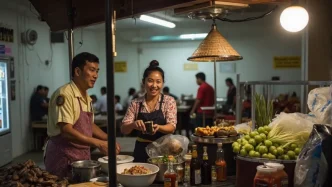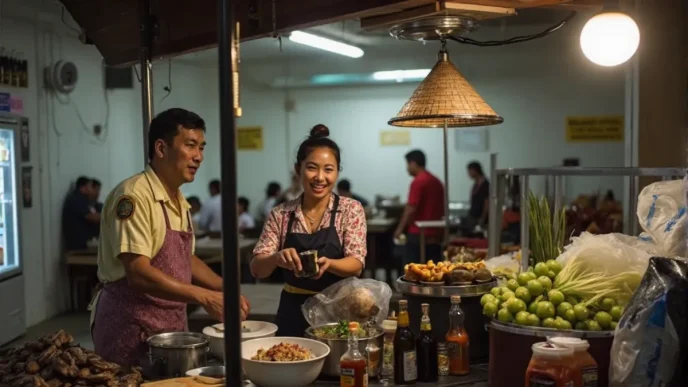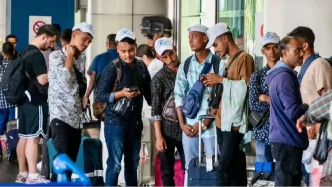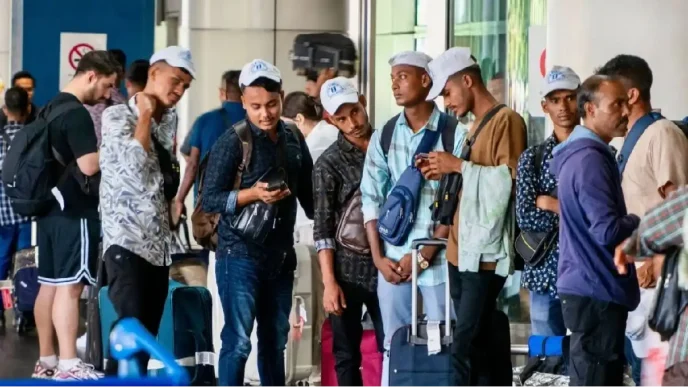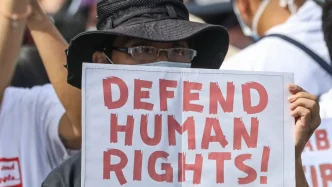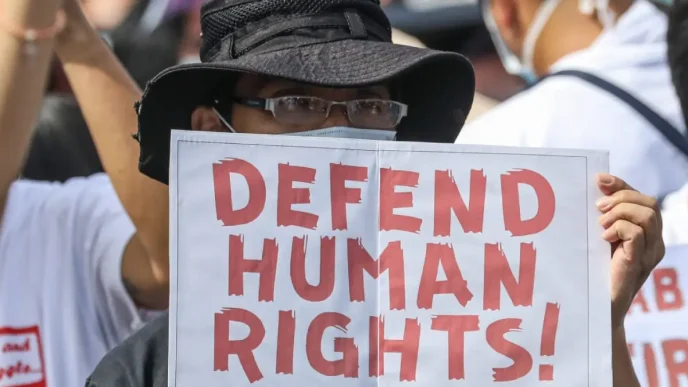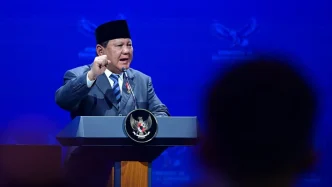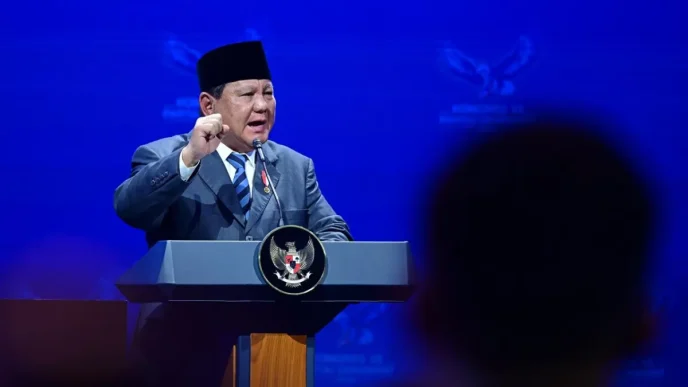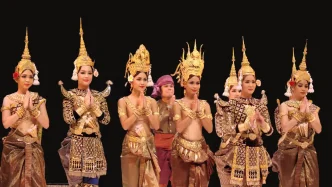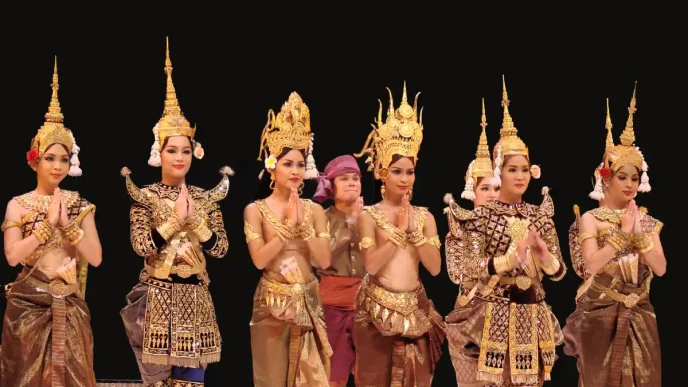A seemingly minor incident at Ta Mone Thom Temple, located within Cambodia’s sovereign territory near the Thai border, escalated into a heated confrontation between Cambodian and Thai military personnel on July 15, 2025. The clash, which briefly turned physical, has reignited long-standing tensions over border areas between the two neighboring nations, raising concerns about the fragile peace in the region.
Incident Sparks Confrontation
The altercation began in the afternoon of July 15 when a group of Thai paramilitary soldiers reportedly prevented a Cambodian woman from ascending to visit Ta Mone Thom Temple. Cambodian soldiers stationed at the site, tasked with protecting national sovereignty, intervened after the woman was allegedly subjected to verbal abuse by the Thai personnel. What started as a verbal dispute quickly escalated into a physical confrontation, though no weapons were discharged during the incident.
Tourists from both Cambodia and Thailand, who were visiting the temple at the time, were forced to flee as the situation deteriorated. The historic site, a point of cultural and national pride for Cambodians, has long been a flashpoint in the contentious border disputes between the two countries. While calm was eventually restored, the incident underscores the volatility of the region and the potential for small misunderstandings to spiral into larger conflicts.
Mediation and De-escalation
The situation was brought under control through the intervention of senior military officials from both sides. Brigadier General Neak Vong, Commander of Cambodia’s Infantry Brigade 42, played a key role in mediating the dispute with Thai military leaders stationed near the temple. Their efforts prevented further escalation, and by late afternoon, the area around Ta Mone Thom was reported to be calm once again.
However, this was not an isolated event. Just two days prior, on July 13, a former member of the Thai military allegedly slapped a Cambodian soldier at the same temple before fleeing into Thai territory. Cambodian authorities and local media have described both incidents as provocative and insulting, though the Cambodian military has emphasized its restraint in line with directives from national leadership.
Historical Context of Border Disputes
The Ta Mone Thom Temple, also referred to as Ta Muen Thom in some contexts, lies in a disputed border zone that has been a source of tension between Cambodia and Thailand for decades. While the temple itself is recognized as being within Cambodian territory, the surrounding areas remain contested, with both nations claiming historical and legal rights to the land. This ambiguity has led to periodic clashes, most notably in 2008-2011, when skirmishes over the nearby Preah Vihear Temple—a UNESCO World Heritage Site—resulted in casualties on both sides.
The broader border dispute stems from colonial-era agreements and differing interpretations of maps drawn by French authorities during Cambodia’s time as a protectorate. Thailand, which was never colonized, contests certain demarcations, arguing that historical claims and treaties support its position. The International Court of Justice (ICJ) ruled in 1962 that Preah Vihear Temple belongs to Cambodia, a decision that Thailand has reluctantly accepted but which continues to fuel nationalist sentiments on both sides.
Smaller sites like Ta Mone Thom, though less internationally recognized, remain symbolic battlegrounds for sovereignty. The presence of military personnel from both nations in close proximity often exacerbates tensions, as seen in the recent incidents. Analysts note that while neither government appears eager for full-scale conflict, domestic political pressures and public opinion can complicate de-escalation efforts.
Cambodian Response and Calls for Accountability
In the aftermath of the July 15 clash, Cambodian officials have expressed frustration over what they perceive as repeated provocations by Thai personnel. Local media outlets have reported that the Cambodian defense minister has demanded a public apology from Thailand for the alleged assault on a Cambodian soldier during the earlier incident on July 13. While no official statement from the Thai side has been verified at the time of writing, the demand reflects growing impatience within Cambodia’s military and political establishment.
Despite the outrage, the Cambodian army has maintained a stance of forbearance, adhering to orders from national leadership to avoid actions that could escalate the situation further. This approach aligns with Cambodia’s broader foreign policy under the ruling Cambodian People’s Party (CPP), which prioritizes stability and regional cooperation, particularly within the Association of Southeast Asian Nations (ASEAN) framework.
Thai Perspective and Regional Implications
Information from Thai authorities regarding the Ta Mone Thom incidents remains limited at this stage. However, historical patterns suggest that Bangkok often frames such encounters as misunderstandings or isolated acts by individual soldiers rather than deliberate policy. Thai media outlets, including those based near the border, have yet to provide detailed accounts of the July 15 clash, though past coverage of similar events often emphasizes the need for dialogue and joint border management.
The recurring nature of these incidents raises questions about the effectiveness of existing bilateral mechanisms, such as the Joint Boundary Commission (JBC), established to address territorial disputes. While both nations have committed to resolving issues peacefully, progress on demarcating the border has been slow, hampered by domestic political changes and mutual distrust.
Regionally, the flare-up at Ta Mone Thom comes at a time when ASEAN is grappling with multiple challenges, including the ongoing crisis in Myanmar and maritime disputes in the South China Sea. Analysts warn that unresolved border tensions between member states like Cambodia and Thailand could undermine the bloc’s unity and its ability to present a cohesive front on larger geopolitical issues. For now, the mediation by senior officials offers a temporary reprieve, but the underlying issues remain unresolved.
Impact on Local Communities and Tourism
Beyond the political and military dimensions, the clash at Ta Mone Thom has immediate consequences for local communities and the tourism industry, which is a vital source of income for both nations. The temple, though not as renowned as Angkor Wat or Preah Vihear, attracts a steady stream of domestic and international visitors drawn to its historical significance and serene setting. The sudden evacuation of tourists during the July 15 incident highlights the vulnerability of such sites to military tensions.
Residents near the border, many of whom rely on cross-border trade and tourism, often bear the brunt of these disputes. Cambodian and Thai villagers in the area have historically maintained close ties, sharing cultural and economic connections despite national rivalries. Incidents like the recent clash disrupt these relationships, fostering mistrust and fear among communities that straddle the contested frontier.
Looking Ahead: A Need for Lasting Solutions
The events at Ta Mone Thom Temple serve as a stark reminder of the fragility of peace along the Cambodian-Thai border. While the immediate crisis has been diffused through mediation, the recurrence of such incidents points to the urgent need for both nations to address the root causes of their territorial disputes. Confidence-building measures, such as joint patrols or demilitarized zones around contested sites, could help reduce the risk of future confrontations.
At the same time, domestic political dynamics in both countries will play a critical role in shaping the path forward. In Cambodia, the government faces pressure to assert its sovereignty without alienating a key regional partner. In Thailand, military and civilian leaders must balance nationalist sentiments with the broader goal of regional stability. For ASEAN, facilitating dialogue between its members remains a priority, though the organization’s consensus-based approach often limits its ability to intervene decisively.
As the dust settles at Ta Mone Thom, questions linger about whether this latest incident will prompt meaningful action or simply fade into the long list of border skirmishes between Cambodia and Thailand. With both sides maintaining a military presence in the area, the potential for further misunderstandings looms large, casting a shadow over a region already burdened by historical grievances.

